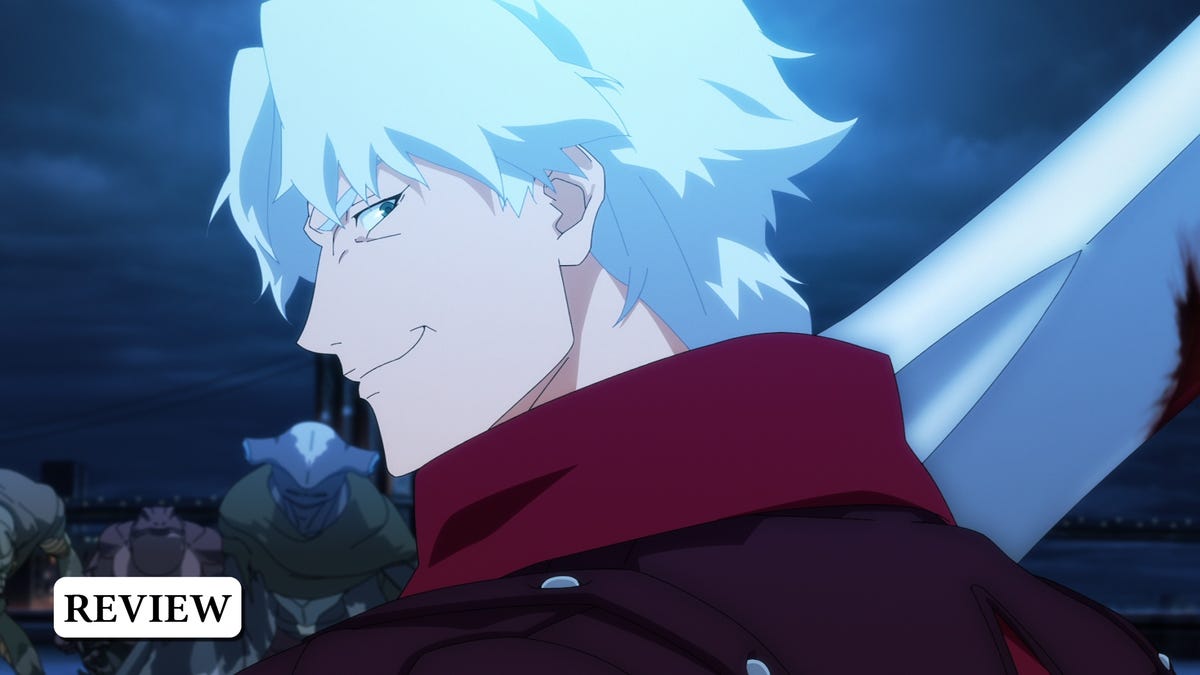Netflix Revamps the Classic Devil May Cry with Nostalgic Touch
2025-04-03T07:00:00Z

Netflix is diving into the realm of animated adaptations with a fresh take on Devil May Cry, an iconic series of character action games developed by Capcom that first debuted in 2001. This new series not only serves as a reboot of the original narrative but also provides an accessible entry point for newcomers while remaining deeply rooted in the franchise’s nostalgic beginnings. The series’ opening sequence, set to Limp Bizkit's memorable nu metal track "Rollin'" from the year 2000, instantly evokes a sense of nostalgia, prompting thoughts of how childhood interests can evolve into what some might call "divorced dad core" over time. It seems that, without realizing it, both the franchise and its fans have aged, marking a notable shift in the cultural landscape.
Capcom's Devil May Cry franchise, having spanned two decades, saw its most critically acclaimed entry with Devil May Cry 5 in 2019. However, Netflix’s animated series extends its roots into the early 2000s vibe that defined the original games. The soundtrack, featuring edgy tracks reminiscent of the era, such as Papa Roach's "Last Resort", serves as cheesy nods to a formative period for many fans who played the original trilogy on PlayStation 2. Despite the initial existential reflections triggered by this retro homage, I found appreciation for how thoroughly Netflix has committed to this stylistic choice, even as it took a while to become acclimated to the show’s intricate, multi-season setup.
Within the eight episodes of the series, the essential elements that define Devil May Cry are present. The protagonist, a younger version of Dante, is voiced by Johnny Yong Bosch, who also lends his voice to Dante's nephew Nero in the games. In this rendition, Dante finds himself embroiled in conflict between two opposing factions: a demonic uprising led by a suave character known as the White Rabbit and a government agency that hunts demons. The White Rabbit’s ambition is to tear down the boundaries separating the human realm from the demon world, unleashing Hell’s denizens upon Earth. The narrative reveals that Dante, orphaned at a young age, is largely unaware of the true nature of his lineage, having only heard fragmented stories from his mother about their heritage. As a simple demon hunter, he grapples with the chaos that ensues when Hell literally rises around him.
Longtime fans of the franchise may already anticipate the unfolding twists of the plot, yet I was taken aback by the complexity and depth of the show’s character web by season's end. While the storyline in the games can be relatively straightforward, the Netflix adaptation layers in various characters, including fan-favorite Lady and the fervently devoted Vice President Baines, played by the late Kevin Conroy. The initial episodes tend to be slower-paced, spending considerable time establishing the characters and setting, but the momentum picks up significantly in the second half of the season as it begins to focus on the core elements that Devil May Cry fans crave. While this slower buildup seems designed to lay the groundwork for potential future seasons, it can feel overwhelming at first, especially given the franchise's history of doing much with minimal setup.
Despite its somewhat sluggish start, Devil May Cry delivers a thrilling experience filled with excitement and action. Fans will find Dante as stylish, lively, and entertaining as ever while he dispatches demons with flair. The animated sequences are artistically crafted, transitioning seamlessly from Dante's characteristic campy swagger to moments of dramatic, hyperviolent action. It becomes a welcome reprieve during the early episodes when long exposition is interrupted by exhilarating confrontations between Dante and hordes of unsuspecting demons.
As the season progresses, the second half takes the established chaos and provides it with context, imbuing the action with new meaning and even a sense of catharsis. Though the show’s first half may not be inherently flawed, it does take longer than necessary to pick up its pace. I am particularly interested in how audiences unfamiliar with the games will react to this series. Netflix has successfully attracted new viewers with previous adaptations like Cyberpunk: Edgerunners and Castlevania, but Devil May Cry appears to cater more to a dedicated fanbase, offering nods and references that resonate primarily with those who played the original games two decades ago. Will its nostalgic, campy nod to the edgy 2000s appeal to a younger generation? As someone who isn’t a teenager anymore, I can’t say for certain. However, Devil May Cry has captured my attention, and now that it’s poised to explore a more traditional narrative in the next season, I’m eagerly looking forward to a second installment.
 Aaliyah Carter
Aaliyah Carter
Source of the news: Kotaku